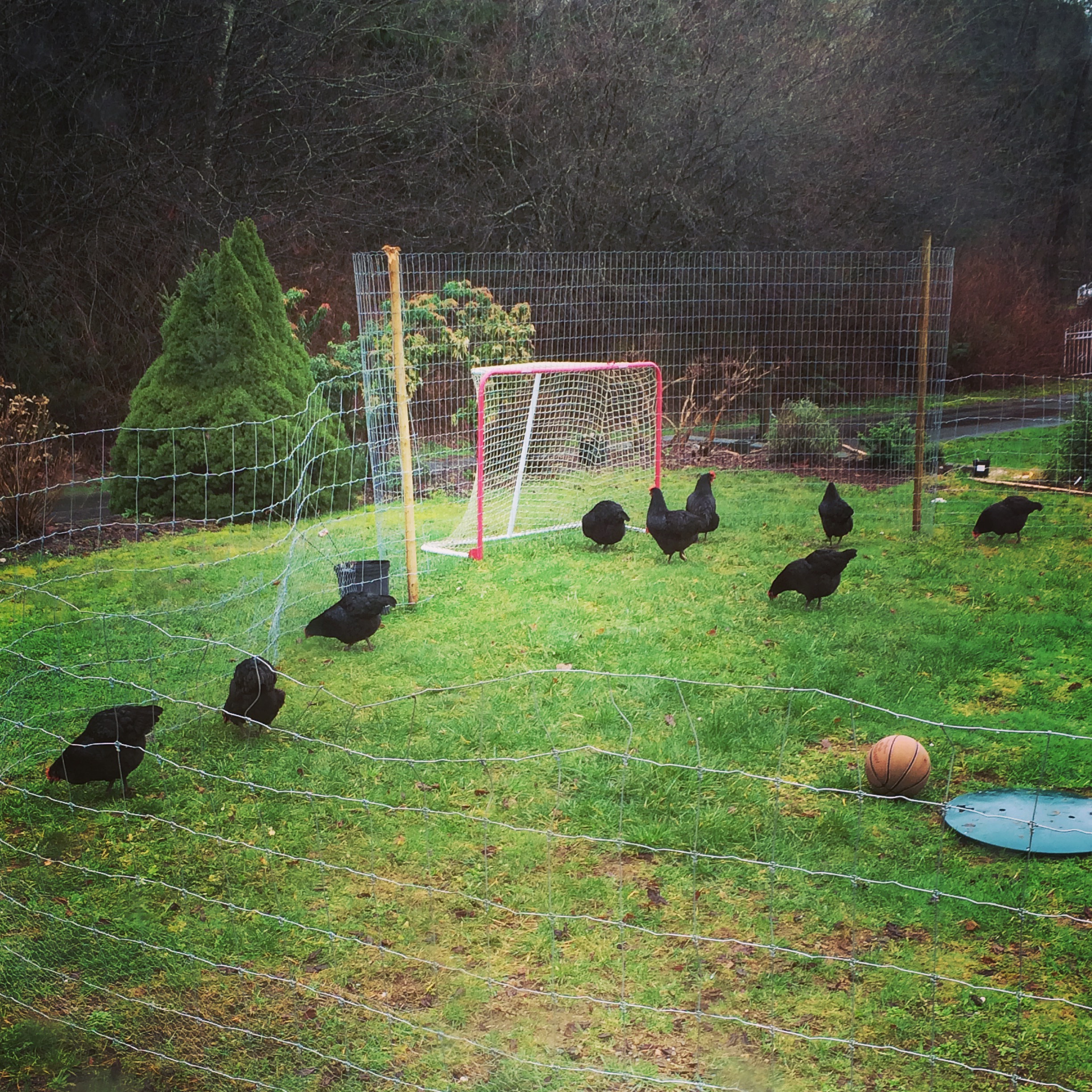ok - i have a few preamps with impdance switching and i don't really know
when and why to switch or to what - anyone care to shed any light on this?
i know it seems to be a bonus for people with ribbon mics (i only have one cheap ribbon mic) so what would someone like me use it for ?
(my mics: tlm 103, nt2, stapes, 441, 421, 57, 451, L47) btw - right now i am trying out a ISA 428 which allows me to switch between: low, 110, med and high impedances - which one would i generally stick to? for acoustic guitars with 451 for example.......
help dudes!
impedance switching explained?
- soundguy
- ghost haunting audio students
- Posts: 3182
- Joined: Wed May 07, 2003 12:50 pm
- Location: NYC
- Contact:
If you ride a bike or drive a manual transmission, it may be easier to visualize, when you are in the "right" gear, power transfer is optimal. when you are in the "wrong" gear power transfer is inefficient.
most mics will want to see a 150 ohm input impedance on a mic pre. However, not every mic is optimally loaded for 150 ohms, so its becoming chic to put those switches on pre's. Turn the switch until you hear the best bass response, to my ears, thats usually how mis matched impedances present themselves, as a loss of bottom end.
Some old ribbon mics want to see lower impedances on the mic inputs, some will sound a bit better at 50 ohms than 150. It really all depends on what type of transformer was used on whatever particular mic you tend to be using.
Over the years, it was really common for mic input transformer to have both a 50 ohm and a 150 ohm tap, however this was usually a hard wired type of arrangement and not generally something featured on a switch. There is tremendous benefit to having both tapes brought out to a switch, but people got along without it for a long time. There are some mics which have selectable impedances on the output transformers that lots of folks dont even know about. Dont worry too much about which is the "right" setting. If in doubt set it to the closest thing to 150 ohms but if you want to tweak, turn the knob until it sounds best for the source you are using it on. Sometimes one ratio will sound better on a vocal and one will sound better on a kick drum, all depends on what you like.
dave
most mics will want to see a 150 ohm input impedance on a mic pre. However, not every mic is optimally loaded for 150 ohms, so its becoming chic to put those switches on pre's. Turn the switch until you hear the best bass response, to my ears, thats usually how mis matched impedances present themselves, as a loss of bottom end.
Some old ribbon mics want to see lower impedances on the mic inputs, some will sound a bit better at 50 ohms than 150. It really all depends on what type of transformer was used on whatever particular mic you tend to be using.
Over the years, it was really common for mic input transformer to have both a 50 ohm and a 150 ohm tap, however this was usually a hard wired type of arrangement and not generally something featured on a switch. There is tremendous benefit to having both tapes brought out to a switch, but people got along without it for a long time. There are some mics which have selectable impedances on the output transformers that lots of folks dont even know about. Dont worry too much about which is the "right" setting. If in doubt set it to the closest thing to 150 ohms but if you want to tweak, turn the knob until it sounds best for the source you are using it on. Sometimes one ratio will sound better on a vocal and one will sound better on a kick drum, all depends on what you like.
dave
http://www.glideonfade.com
one hundred percent discrete transistor recording with style and care.
one hundred percent discrete transistor recording with style and care.
-
joel hamilton
- zen recordist
- Posts: 8876
- Joined: Mon May 19, 2003 12:10 pm
- Location: NYC/Brooklyn
- Contact:
I use the loading for EQ.
Like intentionally mismatch an RE20 on a bass cabinet because it is too "woofy" then make up for that by cranking the pre a bit more...
You can get creative with it. Listen closely to the difference, even if you have to tape down a key on a synth going through a bass amp so you can run back in the control room and listen to the difference. If you have a way to blast pink noise out through a bass amp that can be cool as well, because you can hear the mids kind of "strain" a little as you change imp. as well.
Like intentionally mismatch an RE20 on a bass cabinet because it is too "woofy" then make up for that by cranking the pre a bit more...
You can get creative with it. Listen closely to the difference, even if you have to tape down a key on a synth going through a bass amp so you can run back in the control room and listen to the difference. If you have a way to blast pink noise out through a bass amp that can be cool as well, because you can hear the mids kind of "strain" a little as you change imp. as well.
Who is online
Users browsing this forum: No registered users and 140 guests

